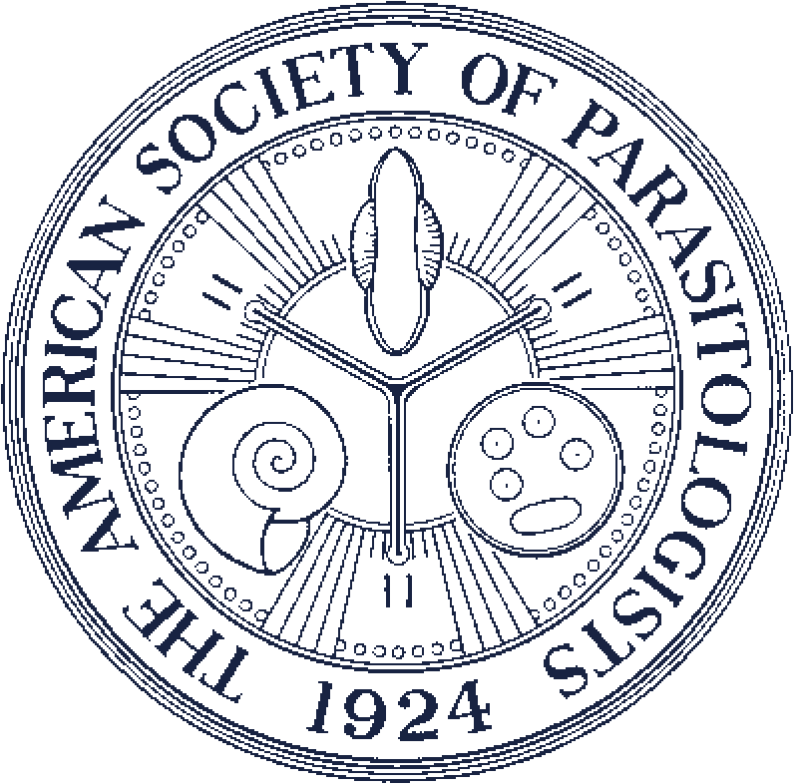FIRST RECORD OF A POLYSTOME (MONOGENOIDEA: POLYSTOMATIDAE) INFECTING A CROCODILIAN: LATERGATOR LOUISDUPREEZI N. GEN., N. SP. FROM THE EYE OF AN AMERICAN ALLIGATOR, ALLIGATOR MISSISSIPPIENSIS DAUDIN, 1802 (CROCODILIA: ALLIGATORIDAE) IN A NORTH-CENTRAL GULF OF AMERICA SALT MARSH (ROCKEFELLER WILDLIFE REFUGE)
From July 2021 through June 2024, we necropsied 35 American alligators from Louisiana, Alabama, and South Carolina (including the Gulf of America and Atlantic Ocean river basins). A new polystomatid, Latergater dupreezi n. gen., n. sp. is described based on specimens collected from the eye of 1 wild-caught American alligator measuring 1,450 mm in total length and captured from a salt marsh habitat within the Rockefeller Wildlife Refuge (Grand Chenier, Louisiana) on 19 July 2021. The new species resembles species of Polystomoidinae Yamaguti, 1963 and Oculotrematinae Yamaguti, 1963. It is readily differentiated from species of Polystomoidinae by the combination of having circular haptoral suckers with skeletal elements but that lack marked separation between suckers; ceca having anterior, medial, and lateral diverticula; a compact testis that occupies a small proportion of the intercecal space (vs. a broad testis that spans the intercecal space); a sinistral and intercecal ovary (vs. an ovary that is ventral to the sinistral cecum) having a proximal oviduct extending mediad and then posteriad (vs. proximal oviduct extending anteriad); a small uterus (occupying a minute portion of the intercecal space), medial, and located close to the cecal bifurcation; and vaginal pores that open laterally at the level of or slightly posterior to the level of the testis. It differs from species of Oculotrematinae by having vaginae and lacking hamuli. No other nominal polystome has this combination of features; therefore, the erection of a new genus for the new species is warranted. We lack a nucleotide sequence for the new species because we used the only specimen we collected as a heat-killed, formalin-fixed, stained wholemount (holotype) for a taxonomic study that prioritized morphology. Without a nucleotide sequence (and phylogenetic analysis), we herein refrain from emending an existing subfamily or proposing a new subfamily to accommodate the new genus. This is the first record of a polystome infecting a crocodilian and the first definitive record of an ectoparasitic polystome infecting a host captured in saltwater.ABSTRACT

Latergator louisdupreezi n. gen., n. sp. (holotype) from the eye of an American alligator, Alligator mississippiensis (Crocodilia: Alligatoridae) from Rockefeller Wildlife Refuge, Louisiana. Scale value aside bars. (1) Line drawing of whole body (USNM 1548620), ventral view. (2) Photomicrograph of whole body (USNM 1548620), ventral view. Abbreviations: excretory vesicle (ev); false oral sucker (fos); genital bulb (gb); Mehlis’ gland (mg); ovary (ov); pharynx (ph); seminal vesicle (sv); testis (t); uterus (ut); and vaginae (v). Color version available online.

Latergator louisdupreezi n. gen., n. sp. (holotype) from the eye of an American alligator, Alligator mississippiensis (Crocodilia: Alligatoridae) from Rockefeller Wildlife Refuge, Louisiana. Scale value aside bars. (3) Genitalia (USNM 1625443), ventral view. (4) Haptoral hooklet (USNM 1548620), lateral view. (5) Genital coronet spines (USNM 1548620), ventral view. Abbreviations: genital bulb (gb); genital pore (gp); genital spines (gs); genitointestinal canal (gc); Mehlis’ gland (mg); ovary (ov); oötype (oo); seminal vesicle (sv); testis (t); uterus (ut); and vas deferens (vd).
Contributor Notes
Version of Record, first published online with fixed content and layout, in compliance with ICZN Arts. 8.1.3.2, 8.5, and 21.8.2 as amended, 2012. ZooBank publication registration: urn:lsid:zoobank.org:pub:1C56A72A-E211-4739-B1A5-75EEE2BEF63F.
